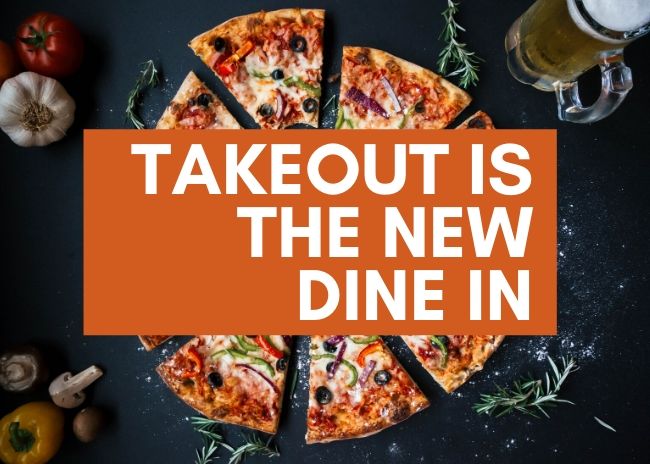As of Wednesday, 17 states have stay-at-home orders, equaling roughly 50% of the U.S. population. And concerns regarding the novel Coronavirus remain high, according to new research from Datassential. The Chicago-based market research firm has been surveying consumers about the coronavirus since March 10 and found that, as of March 22, 70% of consumers are “very familiar” with the pandemic and 61% are “very concerned” (only 4% surveyed are “not concerned”).
With 53% of consumers “definitely avoiding eating out” and 24 states mandating restaurants transition to delivery and takeout only, the number of consumers avoiding dining out is at an all-time high. It’s a precarious time for restaurant operators. How this will affect development and longer-term trends remains to be seen.
As of March 22, Datassential’s research shows these groups of consumers say they will “definitely avoid eating out”:
- 49% — Men
- 56% — Women
- 38% — Generation Z
- 43% — Millennial
- 55% — Generation X
- 65% — Baby Boomer
- 57% — Married
- 45% — Single
- 47% — Have Kids
- 55% — No Kids
For those still willing to go out, the fewer touchpoints, the better, according to the survey. One bright spot for operators: While Baby Boomers are the most likely group to avoid dining out, they are also more likely to find no issue with picking up food curbside, in grocery stores or at drive-thrus.
Consumers surveyed noted they are trying to avoid getting food from the following types of operations:
25% — Specialty Grocers
28% — Restaurant Drive-Thrus
28% — Discount Grocers/Dollar Stores
29% — ordering from a restaurant for pickup
31% — Restaurant Delivery
38% — Convenience stores
58% — Dining Inside a Restaurant
Consumers still ordering from restaurants worry most about how the food was prepared (41%), how the food was delivered (30%) and how the food was packaged (29%).
Some items are perceived by consumers as “not risky” when included in takeout orders. These items include sealed plastic utensils (46%), plastic food containers (37%), plastic bags (35%) plastic wrap (35%) plastic straws (35%) and Styrofoam and other foam packaging (33%).
Operators can also get the word out about what they are doing to handle food safely. Consumers wanted restaurants to send sick staff home (62%), require kitchen staff to wear protective equipment (61%), require delivery and food packing staff to wear protective equipment (54%), put tamper-proof seals on food packages (46%), contactless food delivery (44%), add signage about sanitation and safety procedures (40%), and pack food in wipeable containers (39%).
Check here for a regularly updated list of states and their social distancing measures. For a map of state-by-state restaurant and bar closures, click here.
To get some tips on how to get takeout and curbside pickup up and running click here.




